Turns Out, Mushrooms Soaked in Water Is a Brilliant Way to Revive Your Dying Plants This Summer
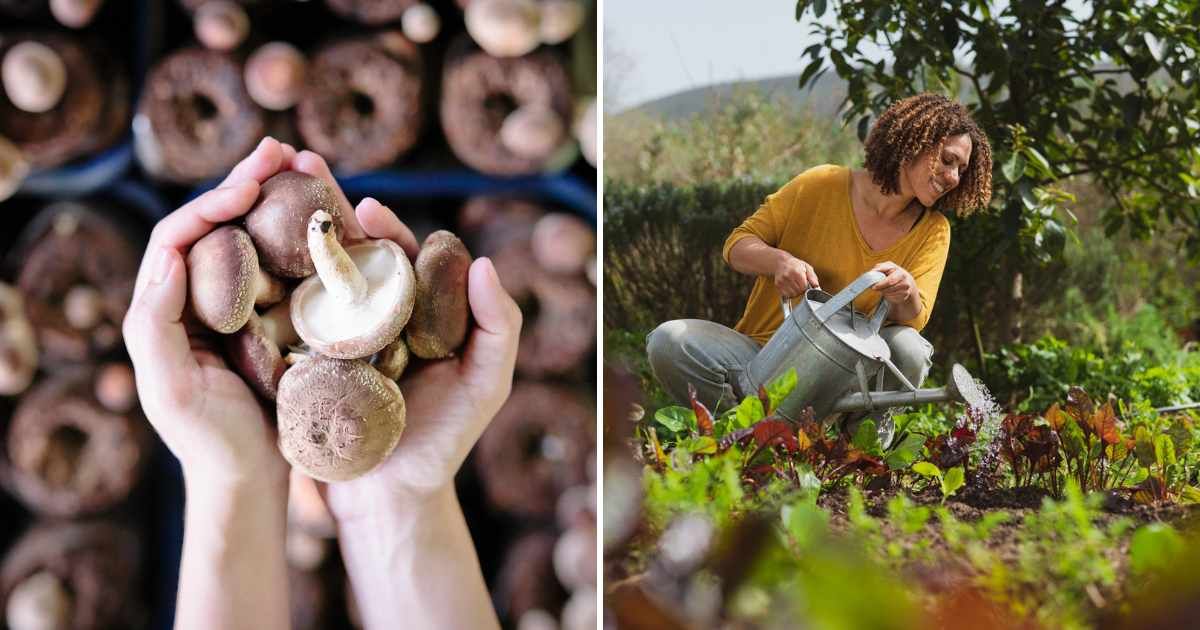
Sometimes it seems like mushrooms embody the magic of the cosmos. Take a stroll down the forest lane after summer rain and observe the wet patches of its floor. You’ll notice these umbrella-shaped fungi erupting from the decaying leafmold in hues of purples, pinks, golds, cream, and whites. Mushrooms feed and thrive on the dead tree stumps, leaf litter, and wood chips that have turned too wet and soggy.
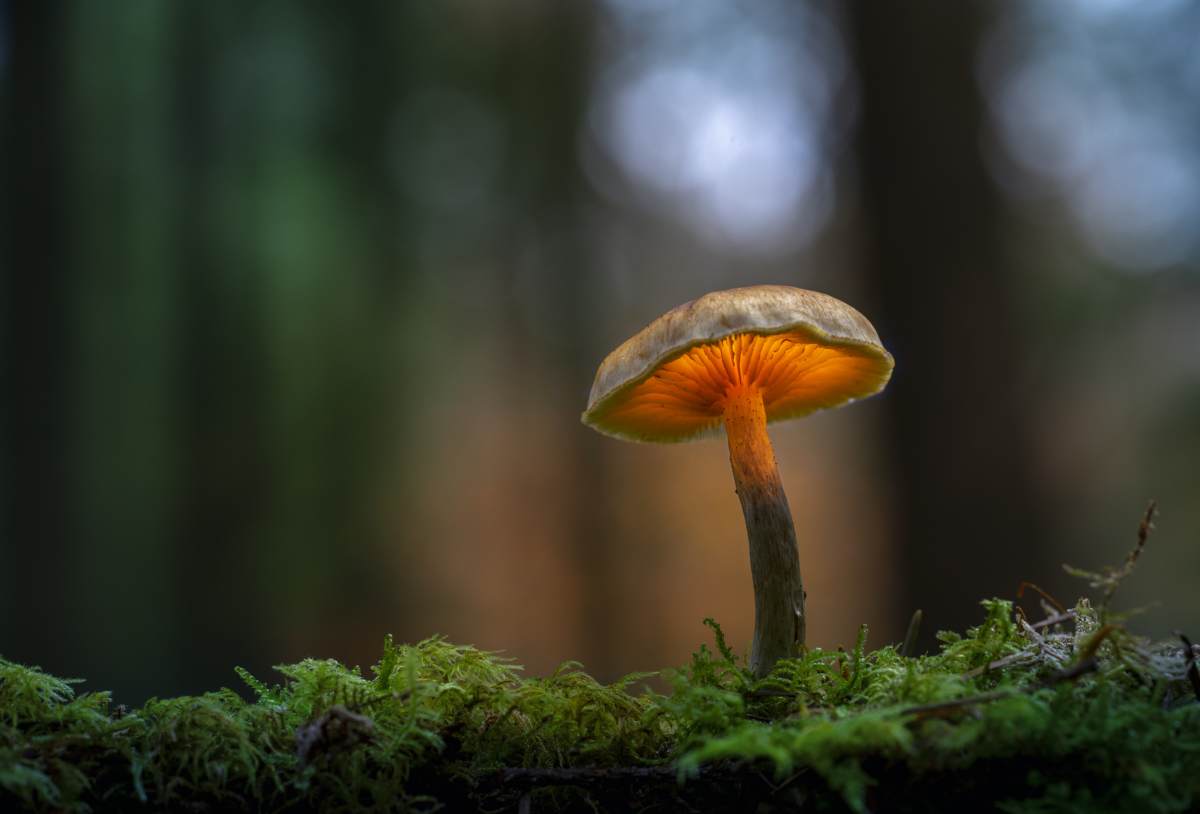
But while they do, they unwittingly help break down the nutrients trapped in this dead matter and then recycle them for the benefit of the soil, as Professor Richard Forley described in a BBC documentary. In a recent conversation with the Daily Mail, another expert shared how gardeners can utilize this potent nutrient-recycling ability of mushrooms to make their garden soil even more fertile and their plants blossom like never before.
Mushrooms are natural sponges
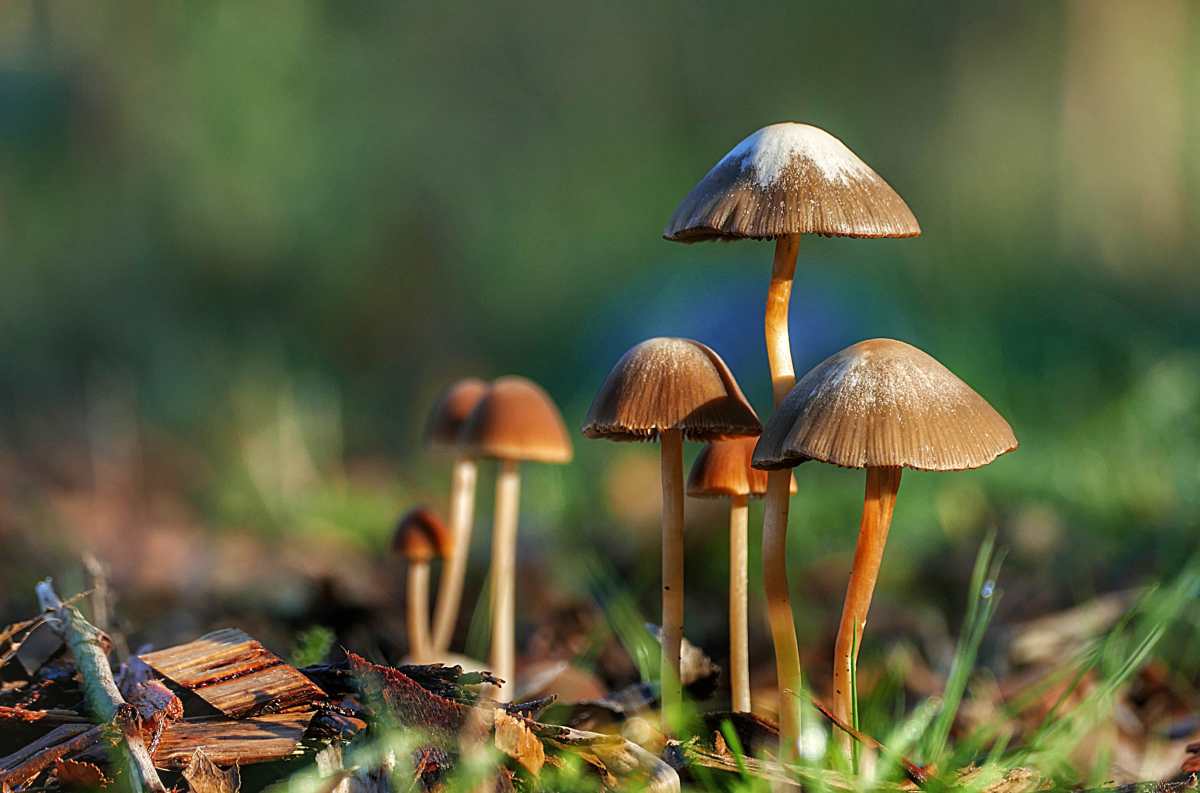
Speaking with the media channel, Waine Delaney, a mushroom specialist at Monotub, suggested that mushrooms could be the secret to protecting your garden plants. The first reason is their fabulous ability to act like natural sponges. Also known as “hydration pods,” mushrooms can easily absorb excess water from the soil and retain it for the time being, slowly releasing it into the soil and the plants.
Perfect for heatwaves and droughts
This mushroom's water-retention ability offers a two-pronged benefit. While the water released over time into the soil improves its structure and fertility, it also keeps the plants hydrated for long periods. That’s why Delaney suggested that watering the plants with mushrooms soaked in water can potentially help your green friends survive an intense heatwave.
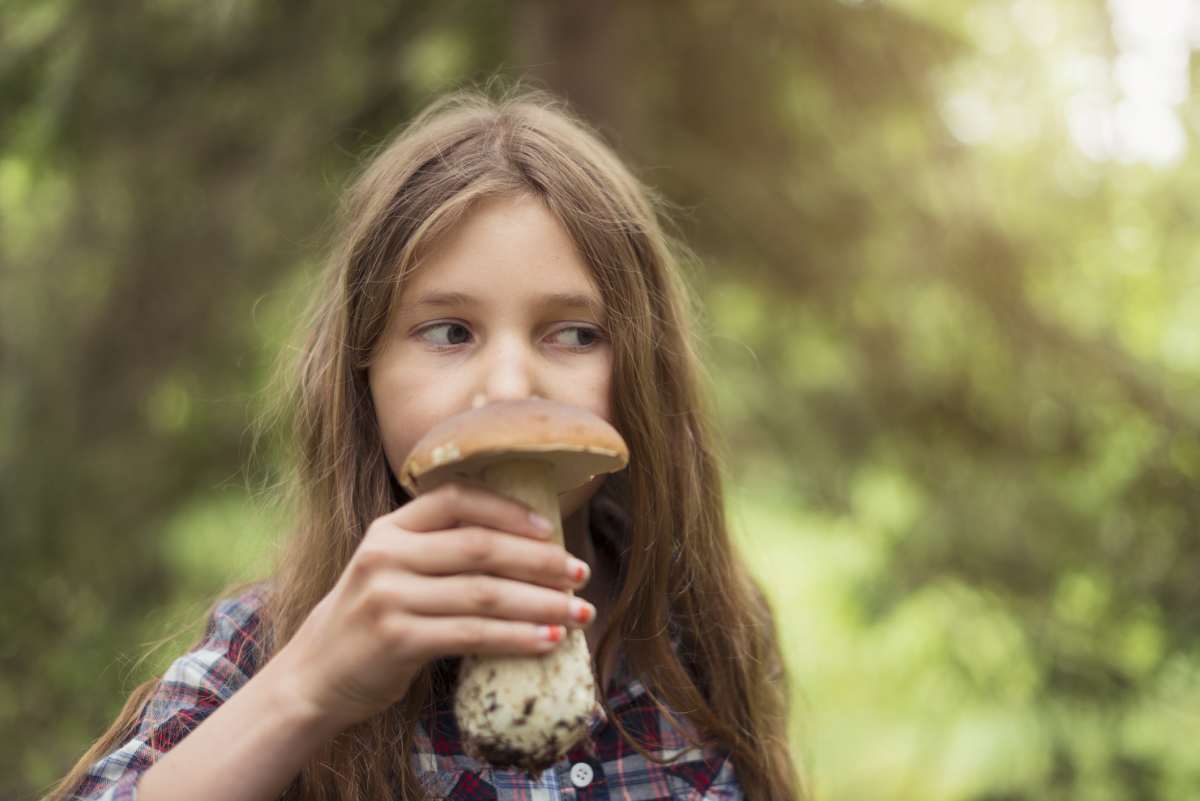
As water infused into the mushrooms seeps slowly into the soil and evaporates much more slowly during hot summers, which means they help your plants withstand periods of tough heat. “Mushroom water, the nutrient-rich liquid left after soaking or rinsing mushrooms, is a brilliant natural tonic for your veg plants during a drought,” Kate Cotterill, co-founder of She Grows Veg, shared with House Beautiful.
Full of nutrients

Experts said that mushrooms contain abundant troves of micronutrients such as potassium, copper, manganese, and calcium, which have a positive impact on plant growth, particularly in the heat. While the soil absorbs the nutrients and feeds them to the plants, the plants remain hydrated and cool even during extreme heat.
Better than store-bought feed

Delaney opined that mushroom water is a much more cost-effective and gentler solution to keeping the plants hydrated. “Unlike commercial fertiliser, mushroom water is less likely to burn the plant and will not increase the amount of water that is needed to work with the fertiliser,” Richard Barker, gardening expert at LBS Horticulture, added, while speaking to House Beautiful.
The magic of mycelial matter
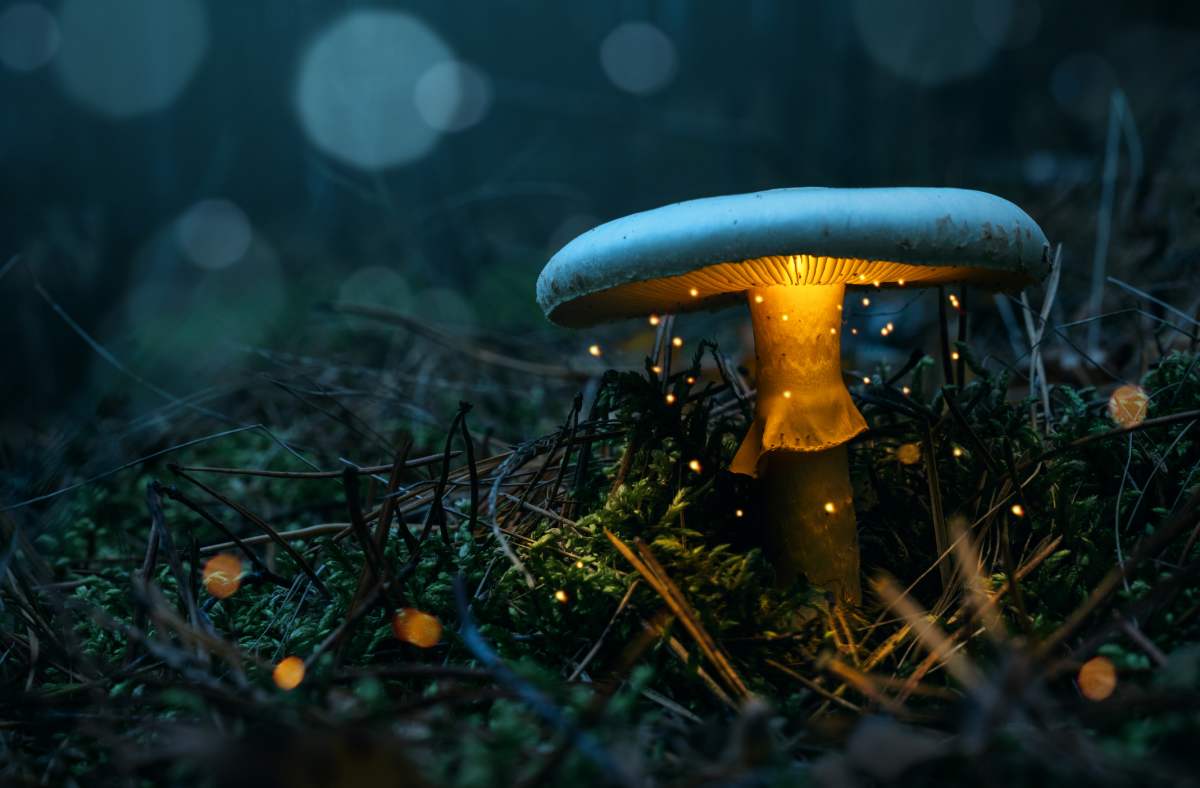
When poured onto flower beds, mushroom water releases mycelial matter accommodated inside mushrooms. As this matter is squeezed from the mushrooms and seeps into the soil, the soil is able to retain more water and keep the plants hydrated. “When mushrooms are soaked in water, the mycelial matter is distributed into the water. When poured onto soil, the matter encourages fungal activity in the soil, which leads it to not only retain water but also facilitate water uptake by plants,” Delaney explained to House Beautiful.
How to make mushroom water at home?
View this post on Instagram
Take a handful of mushrooms, chop them finely, dip them in water, and leave them to soak there for 12 to 24 hours. Once the water is completely laced with the matter of mushrooms, pour it into a jar or a jug. Toss in some handfuls of compost so it can be converted into a fertilizer. Experts say that the same mushrooms can be used up to two to three times for making this “mushroom water.”
Watering strategy

Delaney suggested watering the plants with mushroom water at strategic times of the day. It’s best, he said, to water the plants in the mornings and evenings, as it will then evaporate more slowly from the soil’s surface.
More on Green Matters
If Your Houseplants Are Often Drying Out, Experts Say It’s Time You Start Using ‘Water Crystals'
Man Uses the Most Bizarre Item to Revive The Dying Plants in The Garden — His Own Hair
Life Hack Expert Reveals a Secret Trick to Use Cucumber Peels To Revive Your Dying Houseplants